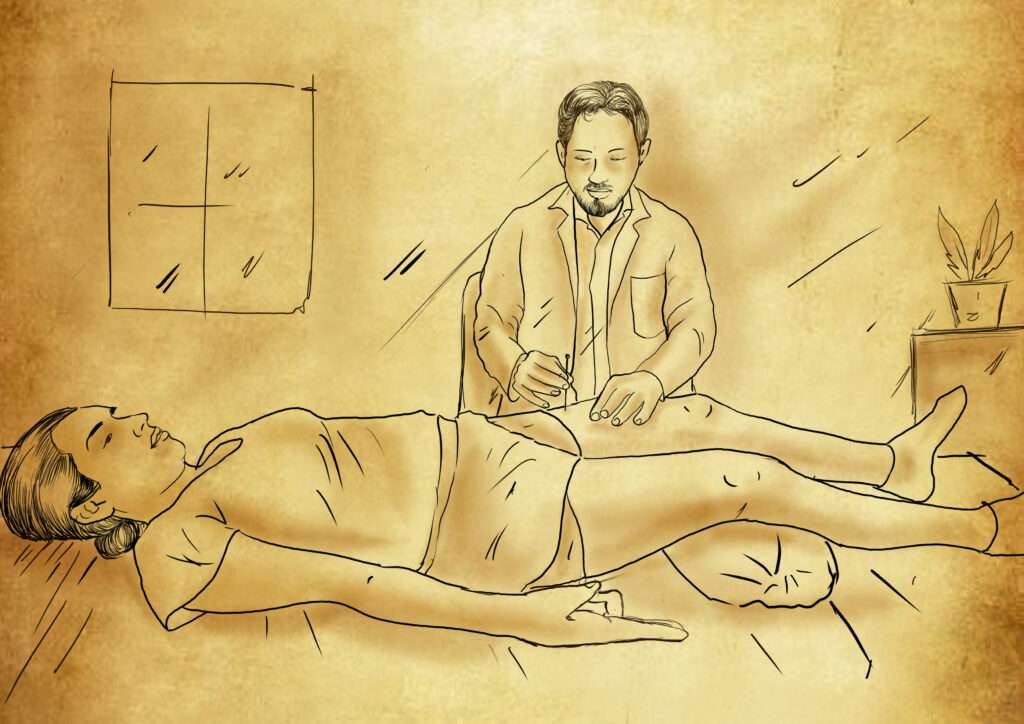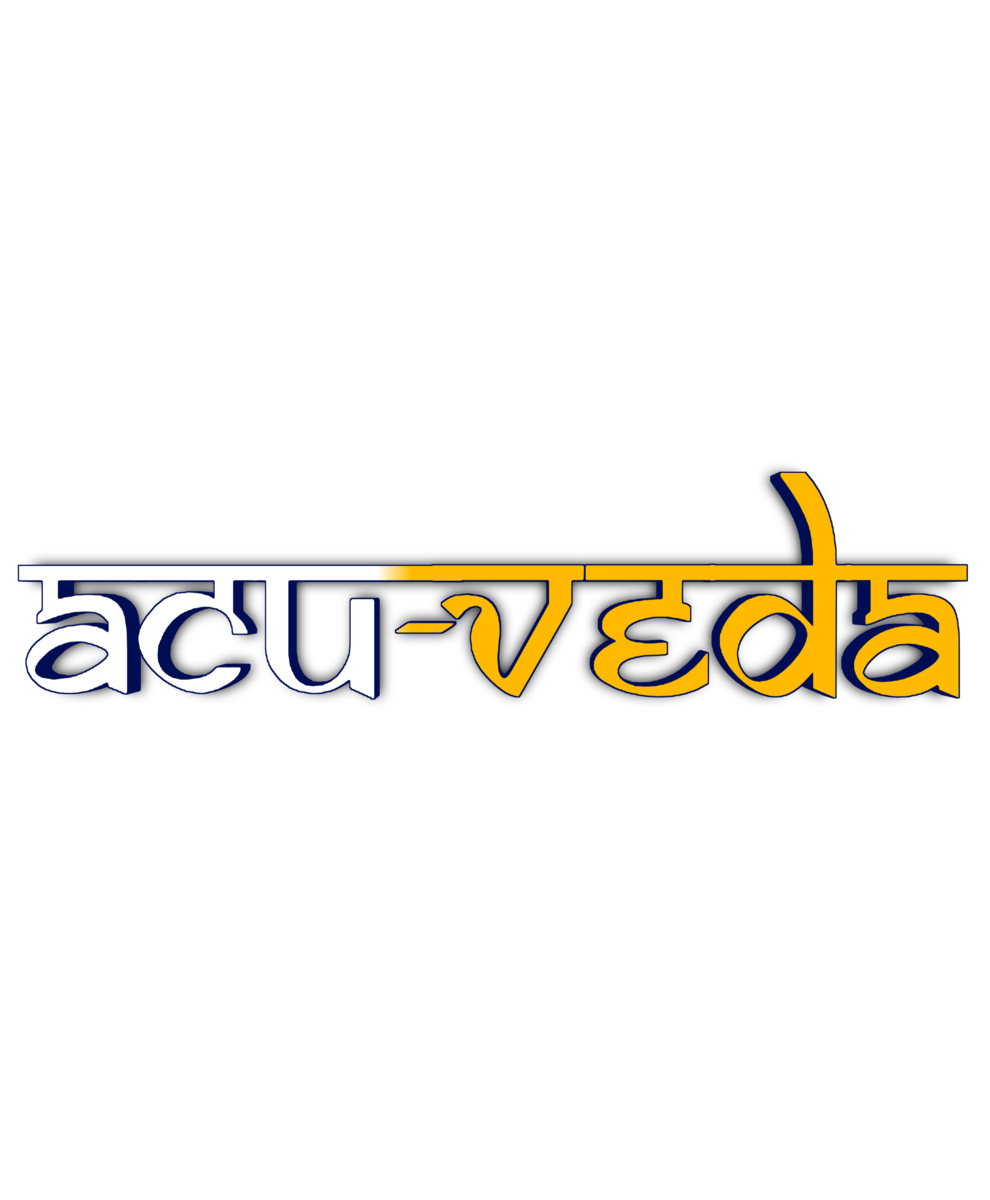Dry Needling Treatment: A Comprehensive Guide
Dry needling is a therapeutic technique that involves the insertion of thin, solid needles into specific trigger points or tight bands of muscle to relieve pain, promote healing, and restore musculoskeletal function.

It is gaining recognition as a safe and effective treatment method for various musculoskeletal conditions. In this article, we will explore the principles, benefits, applications, safety considerations, and potential side effects of dry needling therapy.
Principles of Dry Needling:
Dry needling is rooted in neuroanatomy and the understanding of myofascial trigger points (MTrPs). Trigger points are hyperirritable spots within a taut band of skeletal muscle, often associated with nodules or knots. By targeting these trigger points, dry needling aims to elicit local twitch responses, release muscle tension, and reduce pain.
Benefits of Dry Needling:
Pain Relief: Dry needling helps alleviate acute and chronic pain by releasing trigger points, increasing blood flow, and promoting the release of endogenous opioids.
Improved Muscle Function: By releasing muscle tension and promoting relaxation, dry needling can improve muscle function, range of motion, and overall mobility.
Enhanced Healing: The microtrauma caused by the needle insertion stimulates the body’s natural healing response, leading to tissue repair and regeneration.
Complementary Treatment: Dry needling can be used in conjunction with other therapies such as physical therapy, chiropractic care, and exercise to enhance overall treatment outcomes.
Applications of Dry Needling:
Dry needling is widely used in the management of various musculoskeletal conditions, including:
Myofascial Pain Syndrome: It is effective in releasing trigger points associated with chronic muscle pain and dysfunction.
Sports Injuries: Dry needling can address muscle imbalances, strains, and other soft tissue injuries common in athletes.
Neck and Back Pain: By targeting trigger points in the neck and back muscles, dry needling can provide relief from tension and pain.
Headaches: Dry needling has shown promising results in reducing the frequency and intensity of tension headaches and migraines.
Joint Pain: It can be used as an adjunctive therapy for joint pain associated with conditions such as osteoarthritis.
Safety Considerations:
While dry needling is generally safe, it should be performed by trained and licensed healthcare professionals. Some important safety considerations include:
Proper Needle Sterilization: Ensuring that sterile, single-use needles are used to minimize the risk of infection.
Patient Screening: Assessing the patient’s medical history, potential contraindications, and allergies before proceeding with treatment.
Needle Insertion Depth: The depth of needle insertion should be carefully controlled to avoid potential injury to underlying structures.
Adverse Reactions: Although rare, potential side effects may include temporary soreness, bruising, or dizziness.
Conclusion:
Dry needling is a specialized treatment method that can provide significant relief for musculoskeletal conditions. With its ability to target trigger points, release muscle tension, and promote healing, it offers a valuable option for patients seeking pain relief and improved function. However, it is crucial to consult with a qualified healthcare professional to ensure proper assessment, treatment, and safety precautions are followed.
